Last Updated on July 19, 2021 by Asif Iqbal Shaik
There’s a new camera-centric smartphone in town, one with flagship-rivalling specs, but a price that’s squarely mid-range. We’re talking about the just-launched Oppo K3, which, you’ll be pleased to know, ticks all the right boxes.
Here’s a closer look at what the all new Oppo K3 is like…
Designed Like A Million Bucks
Look at it head-on or flip it around, but either way, the K3 does look nice. The 6.5 inch AMOLED display is free of any unsightly notches or ‘hole punches’, and yet, the bezels are skinnier than a pair of vintage jeans.
Subscribe to Onsitego
Get the latest technology news, reviews, and opinions on tech products right into your inboxThat’s right, the K3 looks absolutely modern with its edge-to-edge, ‘all screen, no bezels’ design. Interestingly, while there’s a very slim chin at the bottom, it doesn’t take anything away from the K3’s looks (also, to be perfectly honest, the chin should make it easier to hold) and the screen-to-body ratio comes in at just over 91 per cent.
Check out the back, and the gradient finish and S – curve design catches the light very well – you’ll really be tempted to put a clear case on it! As for colours, you get to choose between Aurora Blue and Jade Black (we’d go for the blue).
The Massive AMOLED Display Will Make You Smile
One thing common with flagships these days (well, leaving aside the Asus ZF6) is that they come with AMOLED displays, which have the advantage of lower power consumption, deeper contrast, and vivid, saturated colours. That’s true of the K3 as well, and the 6.5in display should keep Netflix fans very, very happy!
It’s also protected by Corning Gorilla Glass 5, which should make it a lot more resistant to scratches in your pocket. Breakage resistance should also be improved over older versions of Gorilla Glass, but in our experience, phone displays still aren’t tough enough to cope with a nasty fall on to a road or a granite floor.
Keep it safe – the premium, large-size displays you see these days can be very expensive to fix! Which is why we recommend you also buy the Onsitego Spills & Drops Protection Plan along with the smartphone to protect the device from any physical or liquid damage.
The Rising Camera Should Make For Great Selfies
The K3 utilises a pop-up ‘rising’ camera for selfies – another trend that’s picked up recently. This front-facing camera has a 16MP sensor (a Sony IMX471), and comes with plenty of modes for selfie lovers such as AI beautification and Portrait Mode 2.0.
If you are worried about the rising camera being reliable, don’t – Oppo says it’s been tested for up to 2 lakh actuations, which should be enough for 5 years of usage.
You’ll also appreciate the 0.74 seconds the camera takes to activate (slower than the OnePlus 7 Pro, but as you’ll see, the K3 is priced like a mid-ranger) – and it also uses the g-sensor to detect if it’s been dropped, in which case it automatically retracts the camera.
Photography Fans Will Like The Dual-camera System
At the rear is a dual-lens system. There’s a 16MP main camera (with a Sony IMX519 sensor), and a secondary 2MP camera that’s used for depth-of-field information. Oppo’s kitted the rear camera out with some fun modes, including Portrait Mode 2.0, Dazzle mode, and Ultra Night Mode 2.0, which uses clever processing tricks to come up with brightly lit photos even in terrible lighting.
Performance Looks To Be On Point Even For Gamers
The K3 doesn’t come with a Snapdragon 855, but to be fair, the SD710 it uses is very, very capable. In ‘normal’ usage you probably won’t notice a difference, but even while gaming, the K3 is no slouch – the Adreno 616 graphics are pretty decent.
Oppo’s Game Boost 2.0 software optimizations should help (turning this on tweaks performance for fast, stable frame rates and a faster touch response), and there’s a 5-stage cooling system to prevent ugly slowdowns in the middle of a PUBG battle.
Meanwhile, with the option of 6 or 8GB RAM app reloads should be far less frequent. We’re also happy the K3 comes with UFS 2.1 storage and not eMMC (UFS 3.0 would have been even nicer but let’s not ignore the K3’s sensible price).
Packed With Loads Of Brilliant Tech
The K3 has all the essentials to keep it future-proof – there’s USB Type-C charging, dual-band Wi-Fi, and Bluetooth 5.0.
The battery, at 3765mAh might not be the largest around, but coupled with the efficient SD710 chip, should be enough for over a day’s usage. Still, there’s VOOC Flash Charge 3.0 (Oppo’s proprietary fast charging method) for evening top-ups, in case you need any.
The list doesn’t end here – we have to mention the Dolby Atmos audio, and of course, the under-display fingerprint scanner, which Oppo claims is over 28 per cent faster than previous generations. And finally, it’s got a much-loved low-tech bit that’s become so rare these days – the 3.5mm jack!
ColorOS 6 Seems Pretty Slick
A lot of Android skins can seem bloated and ‘over-designed’, but ColorOS 6 isn’t one of those.
Frankly, we are very happy with the clean, minimalist, ‘borderless’ approach Oppo’s designers have taken.
The new animations also make it seem a lot more fluid. Meanwhile, ’smart’ features like gesture navigation and cloud sync (for photos, settings, etc) really ramp up the usability quotient.
Where and when can you buy the Oppo K3? And how much does it cost?
The Oppo K3 goes on sale July 23 – on Amazon India. The 6GB / 64GB variant is priced at Rs 16,990, while the 8GB / 128GB variant costs Rs 19,990. Oppo and Amazon have also come up with a bunch of cool launch offers – you’ll get Rs 1,000 as Amazon Pay cashback, while Axis Bank card users get a Rs 1,000 discount as well. That’s not it – there’s more cool stuff – vouchers and offers – from Jio, Oyo, and LensKart.
Alternatives to the Oppo K3
Still not very impressed with the Oppo K3? Here are other devices you could check out…
Realme X (Rs 16,999): Packs a very similar set of features, but uses Sony’s IMX586 camera sensor (48MP, but uses pixel binning to take 12MP photos).
Redmi K20 (Rs 21,999): More expensive, but with a better processor, a bigger battery, and a camera based on the IMX582 sensor.
Samsung Galaxy M40 (Rs 19,990): Samsung’s new One UI and a hole-punch display make for a stylish device, but sadly, it’s not got Samsung’s own AMOLED tech.
Moto One Vision (Rs 19,999): Android One means stock Android, and guaranteed updates.
Huawei P30 Lite (Rs 19,990): Triple rear cameras (and Huawei’s fantastic night mode) make up for the notch.

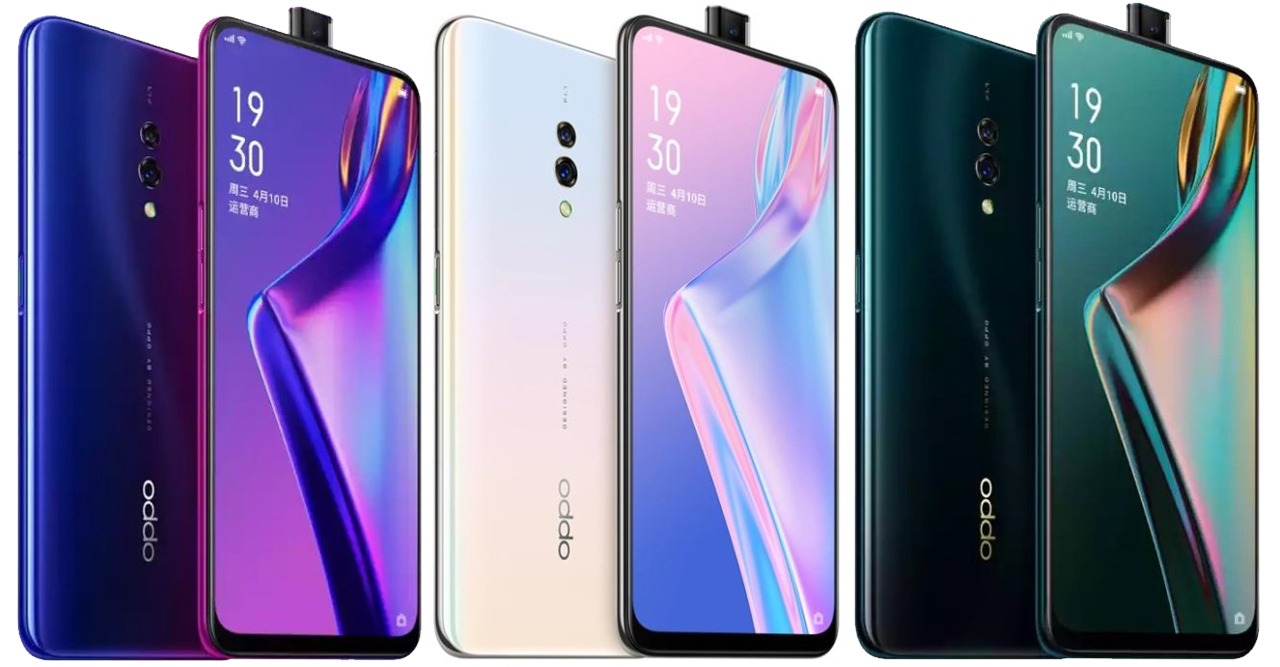
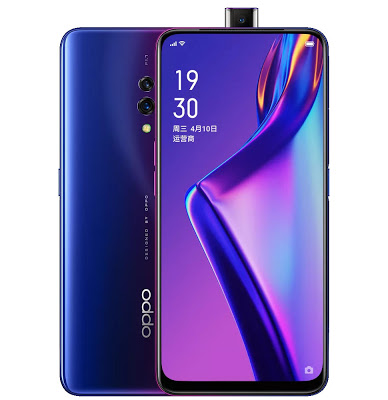

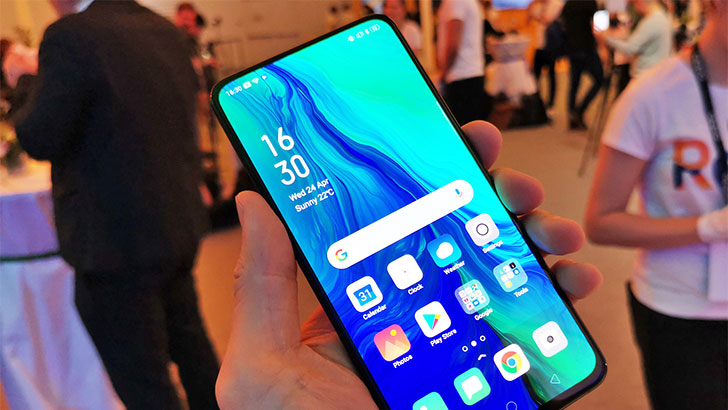
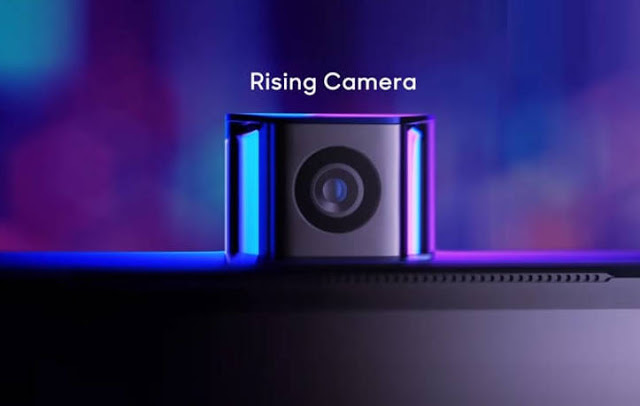
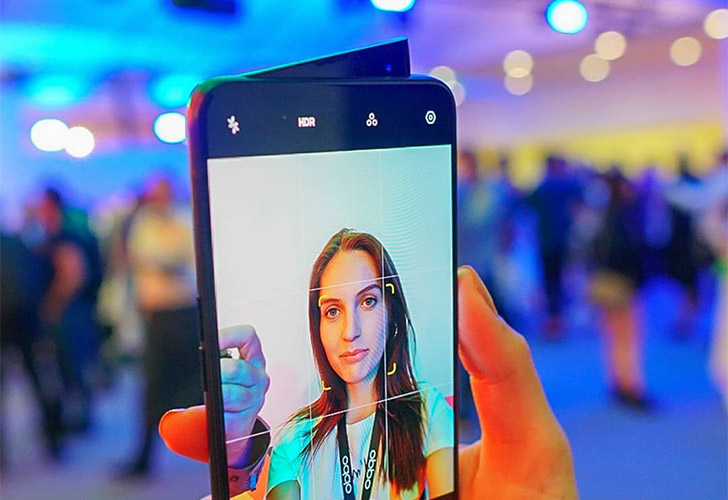

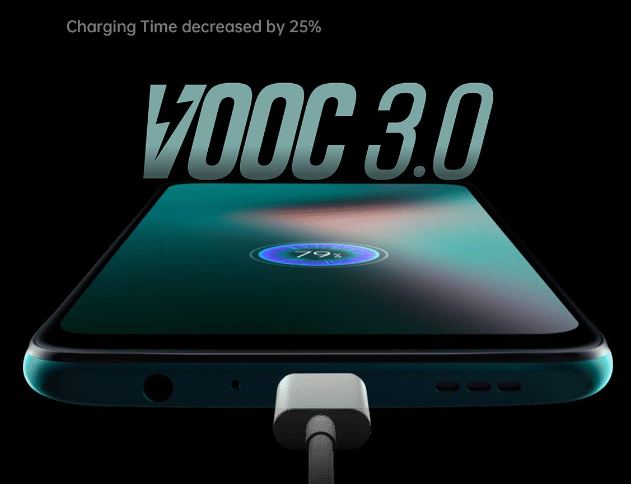
Discussion about this post